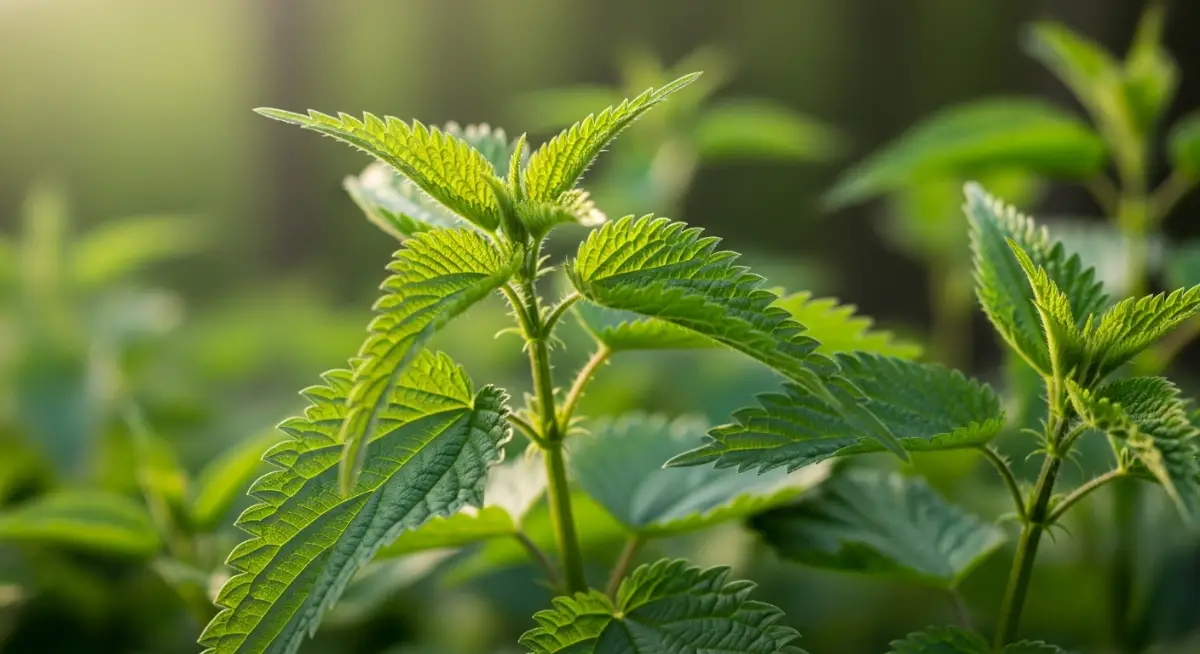Introduction: Nature’s Pink Treasure from the Himalayas
Have you ever seen that mesmerizing pink salt in gourmet stores or wellness blogs and wondered what makes it so special?
Meet Pink Tibetan Salt — a natural mineral salt sourced from the ancient Himalayan foothills of Tibet and Pakistan.
This salt isn’t just visually stunning — its delicate pink hue, formed by trace minerals and iron oxide, makes it both a culinary delight and a wellness wonder.
In this blog, we’ll explore what makes pink Tibetan salt unique, its uses, benefits, and myths, and why it’s considered a healthier alternative to regular table salt.
What Is Pink Tibetan Salt?
Pink Tibetan salt, often called Himalayan pink salt, is a type of rock salt that has been hand-mined from ancient sea salt deposits buried deep within the Himalayan mountains.
Unlike chemically processed table salt, pink salt is naturally rich in trace minerals such as calcium, magnesium, potassium, and iron — giving it that distinctive pinkish tint.
Quick Facts:
- Origin: Himalayan foothills (Tibet, Pakistan, Nepal region)
- Colour: Light pink to deep rose
- Composition: 98% sodium chloride + 2% trace minerals
- Type: Unrefined, hand-mined rock salt
This salt is believed to have formed over 250 million years ago, trapped beneath lava layers — keeping it pure and untouched by modern pollution.
Pink Tibetan Salt Benefits
Let’s break down the most talked-about benefits of pink Tibetan salt — from cooking to wellness.
1. Rich in Essential Minerals
Pink Tibetan salt contains over 80 trace minerals, including calcium, magnesium, potassium, and iron.
While the quantities are small, they add a subtle nutrient profile that refined table salt lacks.
These minerals not only color the salt but also help maintain electrolyte balance, hydration, and muscle function in the body.
2. Helps Maintain Electrolyte Balance
Ever felt tired or dizzy after a workout?
Your body may be low on sodium and electrolytes.
Adding a pinch of pink Tibetan salt to water or meals can help replenish these minerals naturally.
Tip: Athletes and yoga practitioners often prefer Himalayan salt water (called “sole water”) for gentle rehydration.
3. Supports Better Digestion
Pink Tibetan salt can aid in digestive balance by stimulating digestive juices and enzymes.
Many people use it in salt water flushes or as a part of detox drinks to cleanse the digestive tract — though it’s always best to do so moderately.
4. Promotes Relaxation and Sleep
Ever noticed salt lamps made from pink Himalayan crystals?
They’re not just decorative!
Many people believe that pink salt helps promote calmness and positive energy, whether used in baths or ambient lighting.
A warm bath with pink salt can:
- Soothe sore muscles
- Ease stress
- Help you unwind before bed
Try This: Add 1–2 cups of pink Tibetan salt to warm bathwater for a home spa experience.
5. Natural Skin Detox
Because of its mineral-rich nature, pink salt is used in scrubs, masks, and spa treatments.
It helps exfoliate the skin gently, removing dead cells while restoring moisture and glow.
Skin Benefits:
- Natural exfoliation
- Improves circulation
- Reduces body odor
- Leaves skin soft and refreshed
6. Adds Flavor Without Overpowering Food
In the kitchen, pink salt offers a milder flavor than standard table salt, enhancing dishes without excessive sodium taste.
It’s perfect for:
- Grilled vegetables
- Marinades
- Soups and broths
- Finishing gourmet dishes
Chef’s Tip: Try serving grilled salmon or roasted veggies with a sprinkle of pink Tibetan salt for a mineral-rich flavor burst.
Pink Tibetan Salt vs Regular Table Salt
| Feature | Pink Tibetan Salt | Refined Table Salt |
|---|---|---|
| Source | Natural rock deposits | Processed sea salt |
| Processing | Hand-mined, unrefined | Chemically refined |
| Additives | None | Often includes anti-caking agents |
| Minerals | Contains 80+ trace minerals | Mostly sodium chloride |
| Taste | Mild, earthy | Sharp, salty |
| Color | Pink hues | White |
Pink salt is considered less processed and richer in minerals, but keep in mind:
it’s still salt — and moderation is key.
Myths & Facts About Pink Tibetan Salt
Let’s clear up some confusion!
| Myth | Fact |
|---|---|
| “Pink salt has zero sodium.” | ❌ False — it still contains sodium, just like other salts. |
| “It cures diseases.” | ❌ There’s no scientific proof; it supports wellness but isn’t medicinal. |
| “It’s healthier because it’s pink.” | ✅ The mineral content gives slight benefits, but balance is what matters. |
| “Pink salt lamps purify the air.” | ⚪ Mixed evidence — they may promote calmness but don’t “clean” air. |
Culinary and Household Uses
Pink Tibetan salt isn’t just for eating — it’s a versatile ingredient in beauty, cooking, and home care.
Culinary Uses:
- Daily seasoning for meals
- Homemade electrolyte drinks
- Pickles and preserves
- Finishing salt for desserts
Wellness Uses:
- Bath salt for muscle relaxation
- DIY body scrubs
- Salt lamps for ambiance
- Salt inhalers for breathing comfort
Are There Any Side Effects?
Pink Tibetan salt is generally safe when used in moderation.
However, excessive intake of any salt can raise sodium levels and affect blood pressure.
Keep in mind:
- Recommended intake: <5 grams (about 1 teaspoon) per day
- Avoid overconsumption in detox drinks
- People with kidney or heart conditions should consult a healthcare provider before major dietary changes
Best practice: Use pink salt to replace — not increase — your overall sodium intake.
How to Store Pink Tibetan Salt
To maintain purity and prevent clumping:
- Store in an airtight glass jar
- Keep away from moisture and direct sunlight
- Avoid metal containers (can affect taste over time)
Why It’s Trending Worldwide
Pink salt has become a global wellness trend due to its:
- Natural origin
- Instagram-worthy pink color
- Wellness association
- Eco-friendly, non-processed image
From top chefs to skincare enthusiasts, everyone loves the aesthetic and functional appeal of this mineral-rich salt.
How to Use Pink Salt Water (Sole Water)
Sole (pronounced “so-lay”) is a traditional mineral drink made by dissolving pink salt in water.
How to Prepare:
- Fill a glass jar with pink salt crystals (¼ full).
- Add filtered water to the top.
- Cover and let it sit for 24 hours.
- Once fully dissolved, take 1 teaspoon of the solution and mix it with a glass of water before drinking — if recommended by your healthcare provider.
⚠️ Always start small and listen to your body; sole water is meant for hydration, not replacement of medical treatment.
Final Thoughts — The Balance of Nature
Pink Tibetan salt is more than just a seasoning — it’s a reminder of how nature creates beauty and wellness from simplicity.
Whether you sprinkle it on your meals, use it in your bath, or display it as a lamp, it brings a piece of ancient Himalayan purity into your daily life.
In short:
Pink Tibetan salt adds minerals, beauty, and mindfulness — one pinch at a time.
Discover the Truth About Salt in Every American Kitchen







